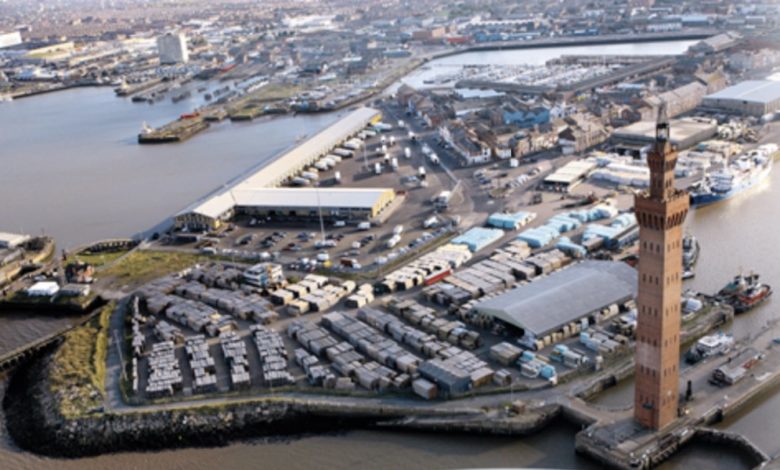Grimsby selected as base for hydrogen project

The North Sea port of Grimsby has been chosen by the European Union-funded OYSTER consortium as the location for a megawatt-scale “marinised” electrolyser project for renewable hydrogen production.
The EUR5m ($5.92m) Fuel Cells and Hydrogen Joint Undertaking (FCH JU) funded OYSTER shoreside project will develop and demonstrate an electrolyser system designed to be integrated with offshore wind turbines, plus also investigate the potential of using pipelines to transport hydrogen to shore.
The OYSTER consortium, comprising ITM Power, Ørsted, Siemens Gamesa Renewable Energy, and Element Energy, primarily selected Grimsby because the port is home to the O&M hub for Ørsted’s UK East Coast operations, supporting the large Hornsea One and Hornsea Two offshore wind farms.
Duncan Clark, head of UK region for Ørsted, said: “The combination of offshore wind and renewable hydrogen production holds game-changing potential to decarbonise otherwise hard to abate sectors, and as the largest offshore wind company in the world, we are exploring offshore hydrogen production as a future, supplemental way of getting large amounts of renewable energy, generated from plentiful offshore wind, to where it is needed.”
